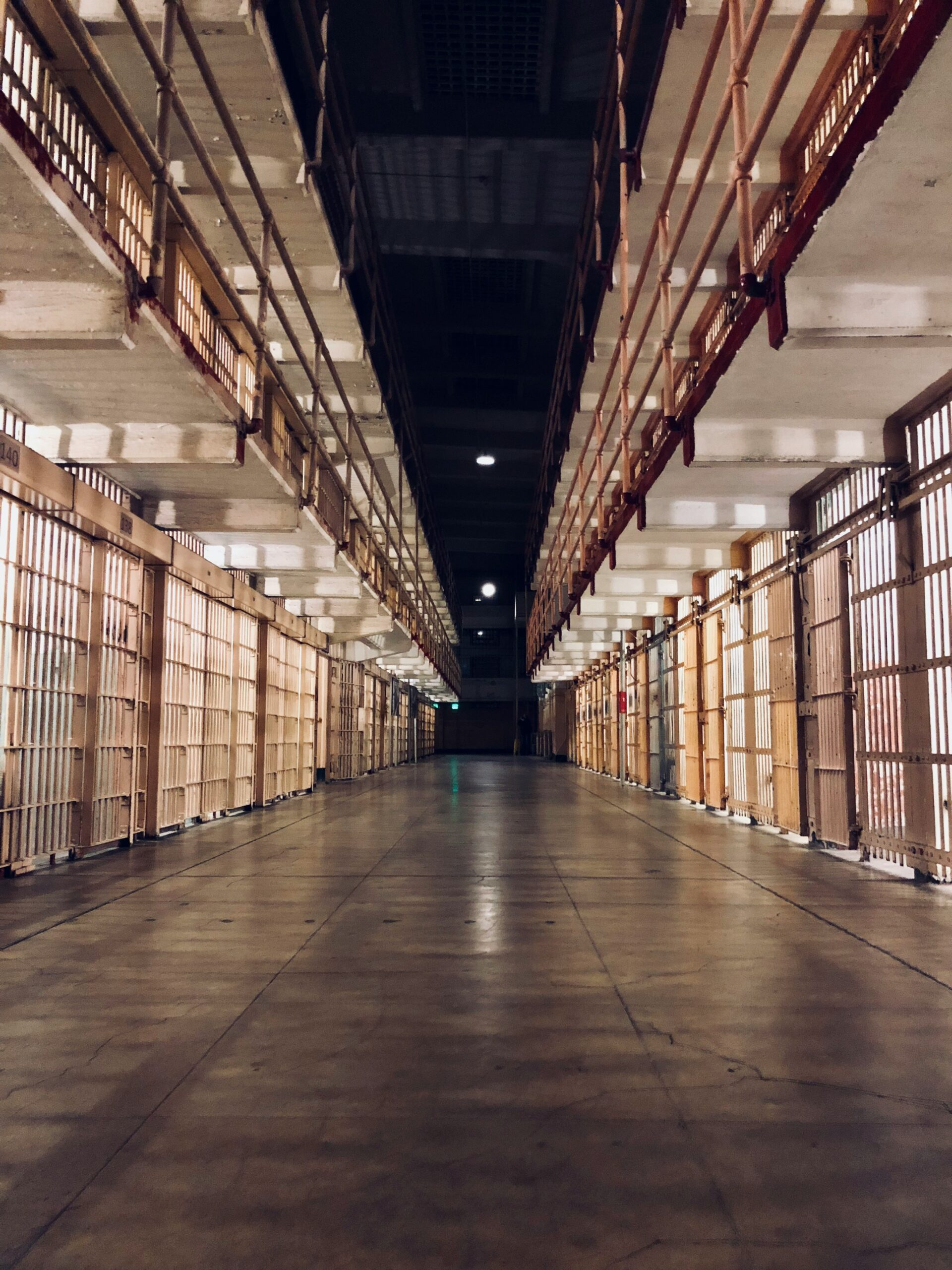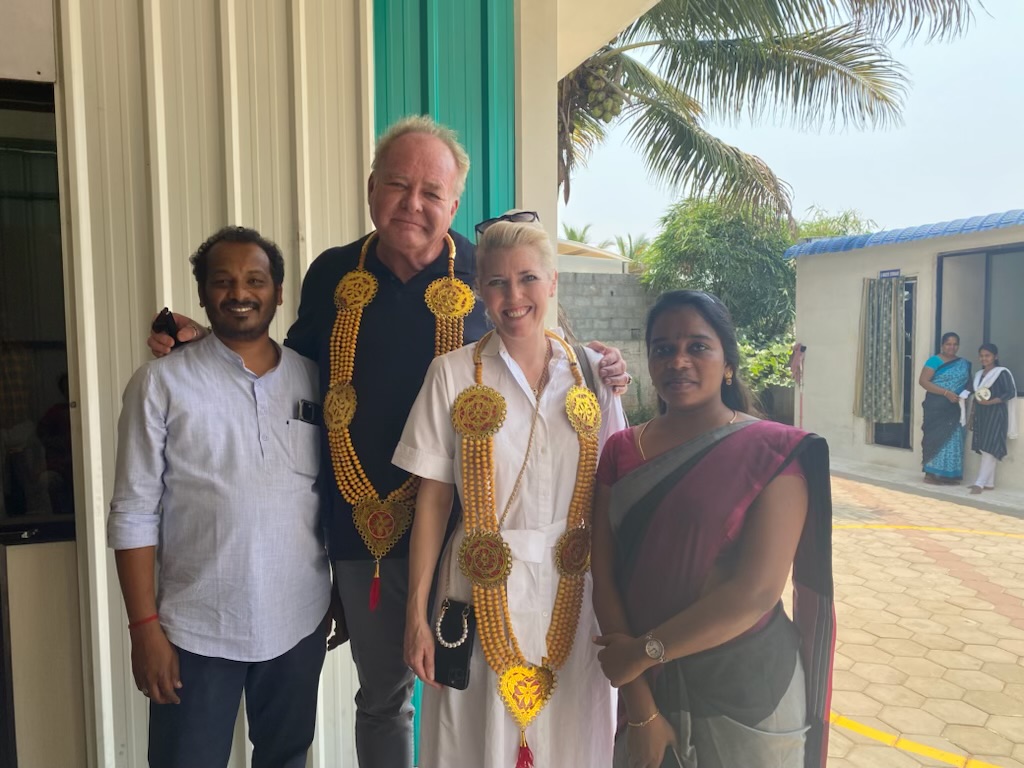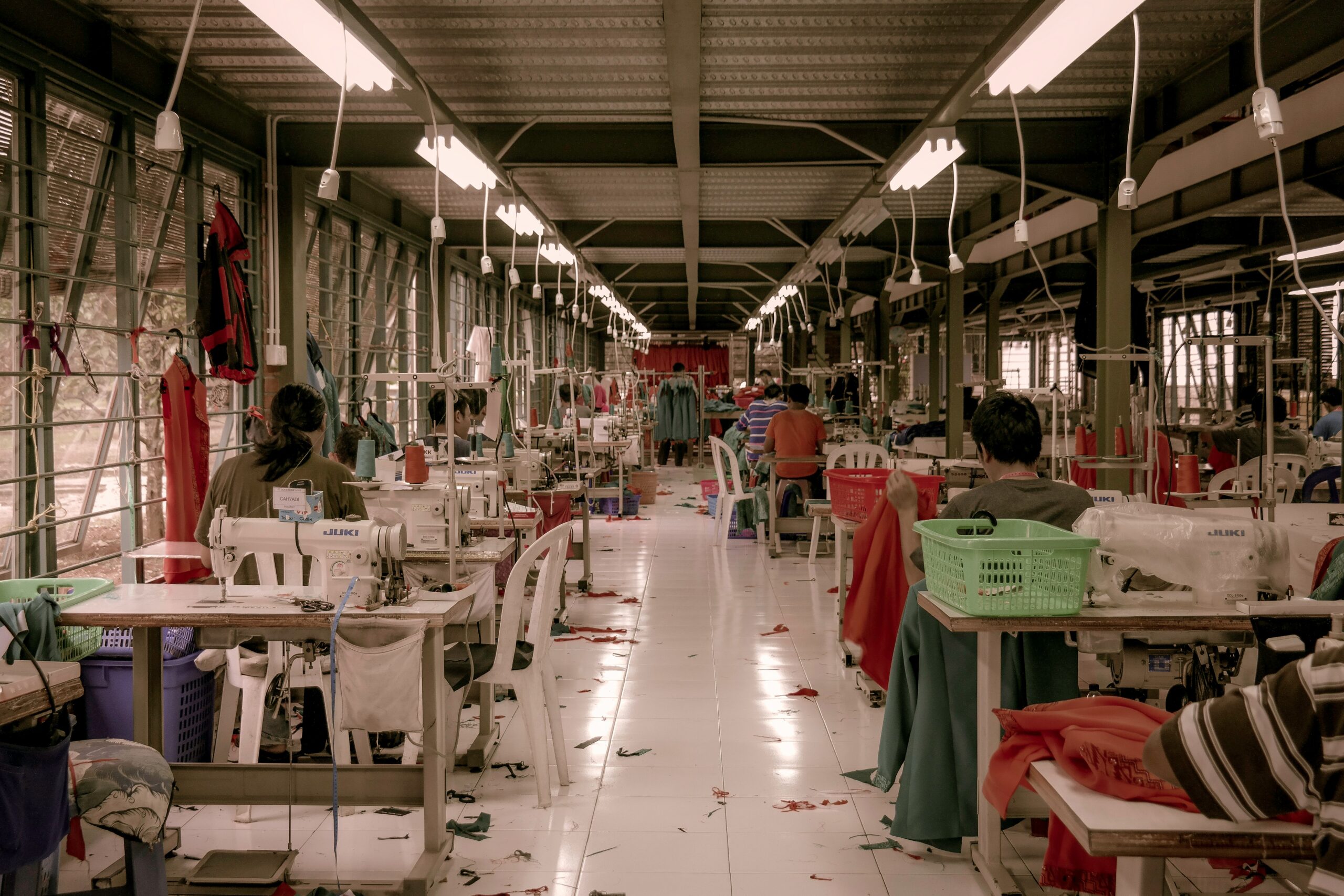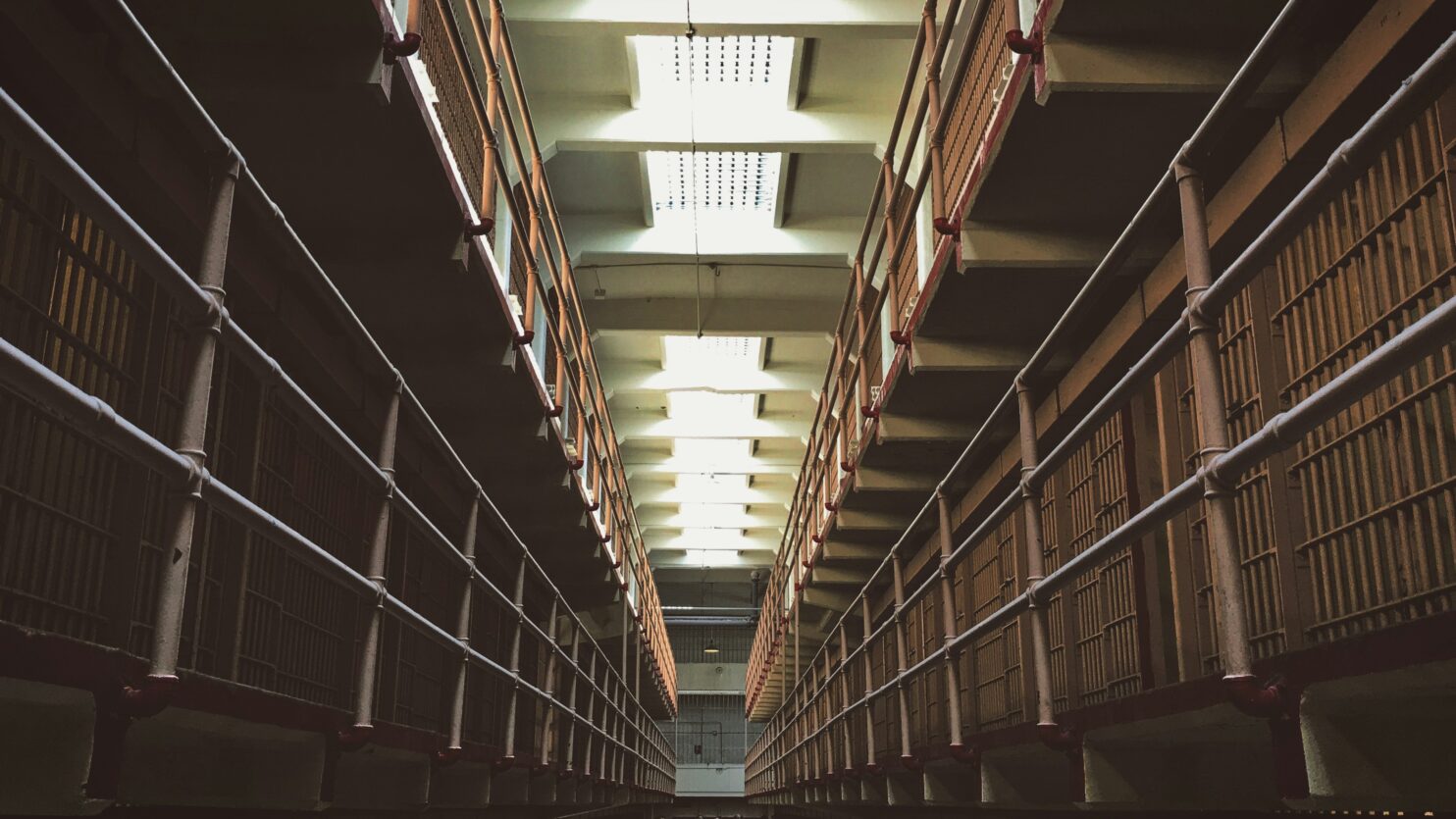In recent news, the prevalence of forced labor and unethical manufacturing practices in the fashion industry have once again taken center stage. This has sparked a vital conversation within our latest episode of Clothing Coulture, where we explored the complexities surrounding this controversial issue. From differentiating between forced and prison labor, to identifying steps companies can take to ensure ethical manufacturing overseas, our discussion aims to shed light on practices that safeguard both brand integrity and human rights.
Certification and In-Person Factory Inspections
 One critical strategy to ensure ethical manufacturing is through rigorous factory inspections and certifications. Clothing Coulture Co-Host, Emily Lane points out, “There are things that you can do as a company that is manufacturing products to ensure that you’re aligning yourself the right way. One of those things is going to the factories, being there in person, and looking at certification.”
One critical strategy to ensure ethical manufacturing is through rigorous factory inspections and certifications. Clothing Coulture Co-Host, Emily Lane points out, “There are things that you can do as a company that is manufacturing products to ensure that you’re aligning yourself the right way. One of those things is going to the factories, being there in person, and looking at certification.”
This concept is echoed throughout the conversation: “Working with factories that have recognized certifications such as WRAP, Fair Trade, and BSCI, ensures that the factories you’re working with aren’t using forced or prison labor, adding a good protective layer,” Bret Schnitker elaborates. The value of having these certifications is immense. Organizations like WRAP (Worldwide Responsible Accredited Production) provide ongoing oversight and ensure that factories adhere to ethical standards. These certifications serve as a robust safeguard against the utilization of forced labor. However, certification alone isn’t sufficient. Physical factory visits form an essential part of the verification process.
By combining certification with regular factory inspections, companies can build a multi-layered defense against unethical practices. This dual approach not only helps in identifying red flags early but also establishes trust and accountability within global manufacturing operations.
Understanding Prison Labor Nuances
 The distinction between forced and prison labor is another critical aspect that needs addressing. Bret Schnitker explains: “There are situations in some prisons around the world where providing labor for those workers in prison offers them revenue to feed families. It’s providing them skills that they can take with them on the outside. On a positive side, prison labor can provide valuable opportunities, but the broad, blanket conversation around prison labor requires deeper understanding.”
The distinction between forced and prison labor is another critical aspect that needs addressing. Bret Schnitker explains: “There are situations in some prisons around the world where providing labor for those workers in prison offers them revenue to feed families. It’s providing them skills that they can take with them on the outside. On a positive side, prison labor can provide valuable opportunities, but the broad, blanket conversation around prison labor requires deeper understanding.”
Not all prison labor is exploitative or unethical. Some programs are designed to offer genuine benefits to inmates, such as providing revenue and teaching marketable skills. However, it’s important to understand that despite these positive aspects, there are potential downsides. For example, prisoners often earn far less than non-incarcerated workers for similar tasks, leading to ethical concerns.
The challenges become more complex when you consider the legal nuances in different countries. In the U.S., the 13th Amendment prohibits forced labor, except as a punishment for crime. This grey area results in over 43,000 companies employing prison labor domestically.
Emily Lane raises a crucial point: “It is complicated. There are questions about whether private prisons function as profit centers, and they’re not necessarily incentivized to let their labor go.”
Understanding these subtleties is key to navigating the moral and ethical landscape of labor practices. While recognizing that prison labor can offer benefits, it’s crucial to demand transparency and accountability from suppliers to ensure that exploitation does not occur.
Due Diligence with Boots on the Ground
A robust strategy for any company involved in global manufacturing is ensuring due diligence through boots-on-the-ground operations. Bret Schnitker emphasizes how fundamental this is to avoiding unethical practices: “We have teams on the ground and offices overseas involved in production lines, and we personally visit for oversight on top of the engaged independent inspection organizations.”
diligence through boots-on-the-ground operations. Bret Schnitker emphasizes how fundamental this is to avoiding unethical practices: “We have teams on the ground and offices overseas involved in production lines, and we personally visit for oversight on top of the engaged independent inspection organizations.”
Effective oversight isn’t a one-off activity but a continuous process. This approach ensures that the actual conditions align with ethical commitments. It also offers companies the ability to act swiftly should any discrepancies arise. Opacity is a red flag; if a supplier isn’t transparent about their manufacturing processes, that’s a cause for concern.
“If there’s no real conversation about where your production’s being made, that would be a red flag to me. The absence of discussions about certifications or adequate support could be cause for concern,” warns Schnitker.
In addition to relying on certifications and direct oversight, it’s crucial for companies to ask the right questions and remain vigilant. Even the geography of a supplier can act as a clue. As Schnitker recounts a past experience with a prospective customer, “I said that that price doesn’t make sense. Have you been to the factories?” The brand responded casually, “Oh, yeah, we’ve, been to the factories.” Bret shared his caution as it didn’t add up for this particular place in China. His skepticism turned out to be well-founded when it was reported that the supplier was using forced North Korean labor, which soon made front-page news.
Broad Implications and Potential Impacts
 The insights derived from this episode shed light on various actionable strategies. First and foremost, implementing a multi-layered approach of certifications and factory visits is non-negotiable. Ethical certifications such as WRAP and Fair Trade not only ensure compliance but also embolden a brand’s commitment to social responsibility, making them less likely to feature negatively in headlines.
The insights derived from this episode shed light on various actionable strategies. First and foremost, implementing a multi-layered approach of certifications and factory visits is non-negotiable. Ethical certifications such as WRAP and Fair Trade not only ensure compliance but also embolden a brand’s commitment to social responsibility, making them less likely to feature negatively in headlines.
Understanding the nuances between forced and prison labor can guide policy and improve operational transparency. Recognizing the inherent complexities in types of labor and the specific challenges posed by different geographic regions further informs a more focused and diligent approach.
Finally, the necessity for ongoing oversight through boots-on-the-ground cannot be overstated. Direct relationships with production houses, regular visits, and continuous monitoring are key to mitigating risks. As Bret Schnitker clearly conveys, consistent efforts are essential in ensuring that relationships adhere to ethical standards.
As the landscape of global manufacturing becomes increasingly scrutinized, brands must prioritize ethical considerations equally with cost and efficiency. Ethical manufacturing isn’t just a buzzword but a fundamental practice that underpins brand integrity and human dignity. The tools and practices discussed in the latest Clothing Coulture episode provide not only immediate steps but also a sustainable framework for ensuring that the fashion industry moves forward innovatively and ethically.
*Note: This article is based on a Clothing Coulture conversation with Bret Schnitker and Emily Lane. All quotes are verbatim and direct from the transcript of the conversation. *
 About Stars Design Group: Founded by industry experts, Stars Design Group global fashion design and production house that helps clients bring their apparel to market. We consult, design, and facilitate production and delivery.
About Stars Design Group: Founded by industry experts, Stars Design Group global fashion design and production house that helps clients bring their apparel to market. We consult, design, and facilitate production and delivery.
Understanding that the apparel industry is about evolution and not revolution, we continue to refine the way the industry does business. Embracing the latest 3D design and development software, we help to refine the design and approval process in a digital landscape, paving the way for rapid decisions and execution of programs while reducing mistakes, improving fit, minimizing returns, and increasing profit margins.
With a network of 67 factories in 14 countries worldwide, our relationships are generations deep. Being diverse in our manufacturing locations, we are nimble in an ever-evolving landscape and provide ethically manufactured apparel and accessories.

